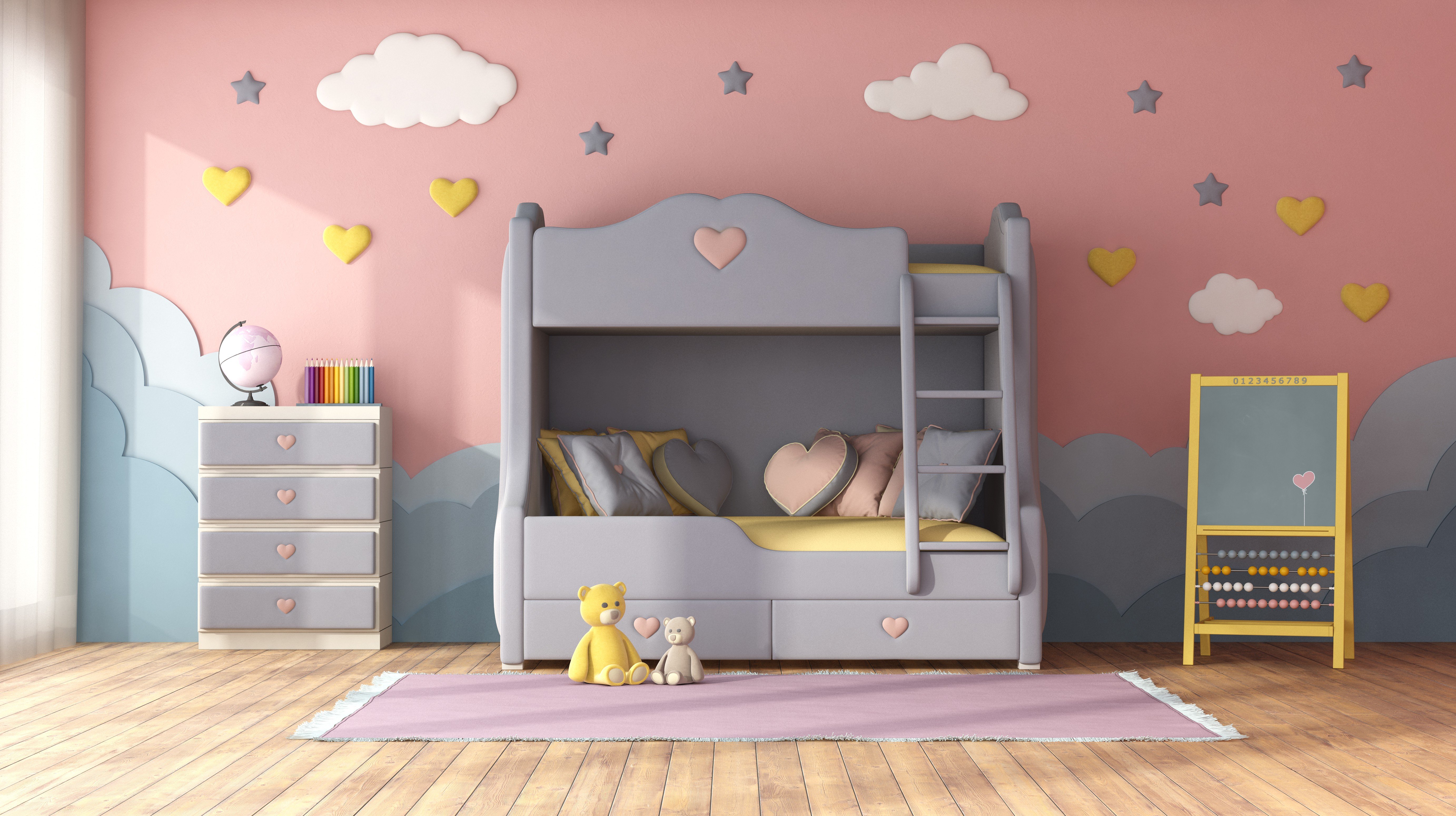The Ultimate Guide to Bunk Beds for Children: Safety, Styles, and Benefits
When it concerns styling a child's room, moms and dads typically face the double obstacle of optimizing space while guaranteeing convenience and performance. Bunk beds have emerged as a popular service that deals with these requirements, providing not simply sleeping plans but likewise adding to a space's aesthetic. In Best Bunk Beds , we will explore different elements of children's bunk beds, concentrating on their advantages, security features, designs, and factors to consider for moms and dads pondering this purchase.
Table of Contents
- Advantages of Bunk Beds
- Safety Features to Consider
- Kinds Of Bunk Beds
- Style and Style Options
- Maintenance Tips
- Often Asked Questions (FAQs)
1. Advantages of Bunk Beds
Bunk beds offer many benefits for children and their parents. Here are some key advantages:
- Space-Efficiency: Bunk beds are an outstanding solution for smaller rooms. By stacking one bed on top of another, more flooring space is available for play, storage, or research study areas.
- Affordable: When children share rooms, bunk beds can minimize the requirement for purchasing two separate beds, thus saving cash.
- Promotes Social Interaction: Bunk beds can help brother or sisters or pals bond by sharing a space, developing chances for social development.
- Fun Factor: The concept of sleeping "up high" adds a playful element to bedtime, making the transition to sleeping alone much easier for some kids.
- Versatile Design: Bunk beds come in different designs, colors, and develops to match any room theme, permitting modification that reflects the kid's personality.
2. Security Features to Consider
Safety is vital when it pertains to children's furnishings, especially when it comes to bunk beds. Here are some crucial security functions to examine:
| Safety Feature | Description |
|---|---|
| Tough Construction | Frames made of solid wood or metal are preferred. |
| Guardrails | Should be at least 5 inches high and extend along both sides of the upper bunk. |
| Ladder Design | Guarantee ladders are securely attached and have non-slip actions. |
| Mattress Size & & Fit | Must fit comfortably within the frame to prevent gaps. |
| Weight Limit | Always adhere to the producer's weight limit suggestions. |
3. Types of Bunk Beds
Bunk beds can be found in numerous styles, catering to different requirements, choices, and space sizes. Here are some typical types:
- Standard Bunk Bed: The the majority of basic type, with one bed on top of another.
- Loft Bed: Features a high upper bed with space below for a desk or play location.
- Futon Bunk Bed: Combines a top bunk with a futon on the bottom, providing flexibility for seating and sleeping.
- L-Shaped Bunk Bed: This style has the leading bunk set at a perpendicular angle to the bottom, producing a little corner area.
- Triple Bunk Bed: Accommodates three children utilizing stacked beds, suitable for big households or pajama parties.
4. Design and Style Options
When it pertains to choosing a design for children's bunk beds, the alternatives are essentially limitless. Here are some popular styles:
- Traditional Style: Often made of wood, these bunk beds feature elaborate details and are best for traditional or rustic-themed rooms.
- Modern Style: Characterized by clean lines and minimalist designs, modern-day bunk beds can be made from metal or wood.
- Themed Bunk Beds: Some brands offer bunk beds formed like castles, cars and trucks, or play houses, making bedtime less of a chore.
- Convertible Bunk Beds: These can be separated into two individual beds, providing versatility as children grow.
- Colorful Options: Bunk beds in vibrant colors can include a sense of pleasure and playfulness to any room.
5. Maintenance Tips
Preserving a bunk bed is important for longevity and security. Here are some pointers:
- Regular Inspections: Check for loose screws or bolts every few months and tighten them as needed.
- Cleaning: Wipe down frames frequently to avoid dust build-up; think about utilizing a vacuum for hard-to-reach locations.
- Bed mattress Care: Rotate bed mattress regularly and use protective covers to lengthen their life.
- Watch for Wear and Tear: Look for any indications of damage in the wood or metal and think about changing parts if necessary.
- Teach Kids Safety Rules: Encourage children to utilize ladders effectively and guarantee they comprehend the security features of their bed.
6. Often Asked Questions (FAQs)
Q1: What age is proper for sleeping in a leading bunk?
A1: Typically, children aged 6 and older are suggested for upper bunk sleeping, as they have the necessary motor skills to climb safely.
Q2: Do bunk beds feature a bed mattress?
A2: Most bunk beds are offered as frames just, so you will need to buy bed mattress independently. Guarantee that the mattress fits the frame comfortably.
Q3: Can bunk beds be separated later?
A3: Many styles permit conversion into two individual beds, providing versatility for future needs.
Q4: How can I guarantee my child's security on a bunk bed?
A4: Comply with security standards and guarantee guardrails, a strong frame, and a protected ladder remain in place.
Q5: Are there weight limits on bunk beds?
A5: Yes, always check the maker's requirements regarding weight limitations to guarantee safety.
Bunk beds for children can serve multiple functions while guaranteeing security and design. With varied styles and models available on the marketplace, parents can find an unit that not just takes full advantage of bed room space but likewise shows their child's special tastes. Similar to any furniture, comprehending security functions, upkeep, and how they suit a child's way of life will guarantee that these beds remain a useful furniture solution for many years to come.
Through careful factor to consider and adherence to security guidelines, bunk beds can provide a lasting, fun, and functional sleeping service that children love.

